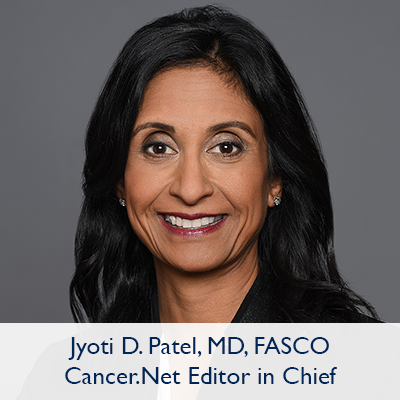
It’s been 6 years since the Cancer Moonshot was first launched by then-Vice President Joe Biden in 2016. At its launch, the Cancer Moonshot established 3 ambitious goals: “to accelerate scientific discovery in cancer, foster greater collaboration, and improve the sharing of data,” according to the National Cancer Institute (NCI). The aim was to make 10 years’ worth of progress in 5 years.
Since the inception of the Cancer Moonshot, and despite the COVID-19 pandemic, NCI has created initiatives to spur progress in research in immuno-oncology, cancer drug sensitivity and resistance, children’s cancers, patient engagement with their cancer care, cancer health disparities, and clinical implementation science, which is the study of improved methods for use in cancer care. NCI has also funded the Human Tumor Atlas Network, which is creating and studying maps of human tumors as they evolve from precancerous lesions to advanced tumors.
Over the last 20 years, the age-adjusted death rate from cancer has fallen by 27% in the United States, according to the Centers for Disease Control and Prevention. This progress is due to treatments that target specific mutations in many types of cancers, such as lung cancer, leukemia, and skin cancer. The introduction of immunotherapies that use our immune system to detect and destroy cancer cells has also made a big difference in several types of cancer, including skin cancer, bladder cancer, and lung cancer. And, we now have cancer vaccines, like the human papillomavirus (HPV) vaccine, which prevents the cause of multiple types of cancer. Finally, we have tools like low-dose computed tomography (CT) scans and stool DNA tests that help us detect certain cancers early.
Because of this clear progress and true commitment to collaboration, I was delighted when, last month, President Biden announced a reignition of the Cancer Moonshot. This time, the initiative highlights new goals: to reduce the death rate from cancer by at least 50% over the next 25 years and improve the experience of people and their families living with and surviving cancer—and, by accomplishing these and more, to end cancer as we know it today.
For the more than half of American families who have had someone in their immediate family diagnosed with cancer and for the 40% of people who will develop invasive cancer in their lifetimes, this redoubled commitment can’t come soon enough.
The reignited Cancer Moonshot hopes to use technologies such as blood-based tests to diagnose cancer sooner. We can use what we’ve learned from our success in developing the mRNA vaccine for COVID-19 to develop other vaccines to prevent cancer. We can build upon years of foundational science that have helped us define oncogenic driver mutations, the mutations that cause cancer, to further refine the right treatments for patients. We have developed systems for more collaborative research to speed the progress against rare cancers. And now, we understand more than ever before that cancer care is deeply rooted in our social and economic well-being. We need to better understand and address inequities in cancer care and to support patients, caregivers, and survivors wherever they are. The American Society of Clinical Oncology (ASCO) has led an effort to learn from every patient and to use our cancer care system as a learning system to better understand the diversity of all people with cancer.
The most immediate call to action from the Cancer Moonshot is to jumpstart progress on cancer screenings that were missed as a result of the pandemic and to help ensure that everyone in the United States equitably benefits from the tools we have to prevent, detect, and diagnose cancer. Right now, we must push to catch up on the more than 9.5 million missed cancer screenings in the United States as a result of the COVID-19 pandemic. As we do that, we can achieve the goal of cutting cancer deaths in half over the next 25 years.
